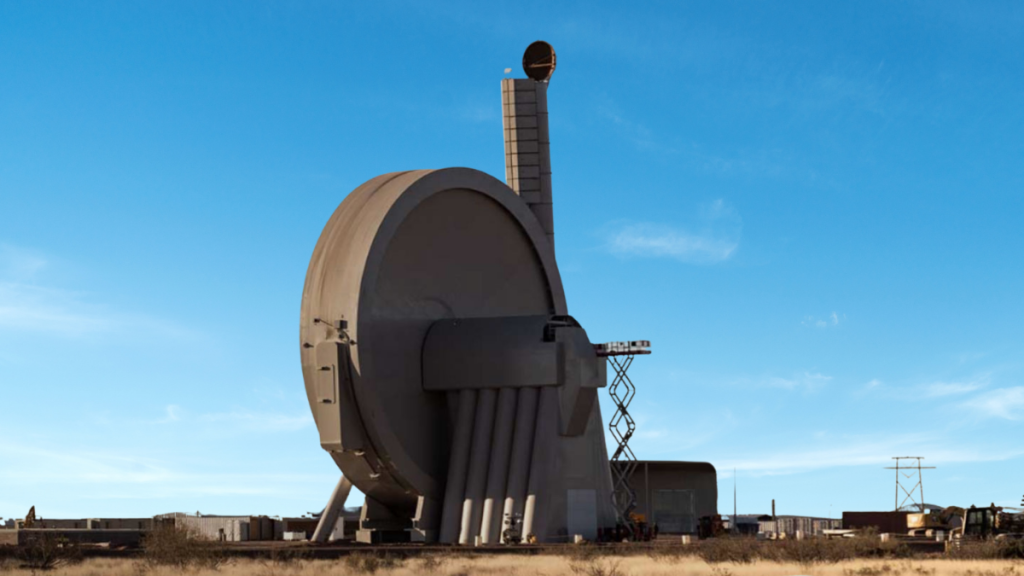SpinLaunch, a California-based spaceflight technology development firm, is utilizing a magnanimous vacuum chamber and a rotating hypersonic rein to throw satellites into the Earth’s orbit in essence.
SpinLaunch’s new space endeavour
Encroaching space is challenging, and one of the reasons for this is that it takes humongous energy to break free of the Earth’s gravity. Until now, the only medium possible to do this is was via rockets.
SpinLaunch has just accomplished its foremost kinetic test launch by flinging a vehicle high into the atmosphere.
The most crucial element to SpinLaunch’s vision for its impending endeavours is the Orbital Accelerator, a humongous centrifuge that can enhance the speed of a bijou vehicle to thousands of miles per hour.
SpinLaunch accomplishes these implausible speeds by running the centrifuge within a vacuum chamber to inhibit friction.
When the hypersonic rein accomplishes the apt speed, it disconnects from the vehicle in less than a millisecond. That carries the payload via a chimney-like conduit overhead the accelerator.
If all proceedings go according to the premeditated strategy, the satellite system could transport around 200 kilograms (440 pounds) into space, and almost all of the energy utilized is electric.
However, the Orbital Accelerator doesn’t exist in reality yet. SpinLaunch has launched a smaller version, which is still a big endeavour. At around 50 meters, the Suborbital Accelerator is loftier than the Statue of Liberty and is a great success.
SpinLaunch flourished in hurling the test vehicle up and out of the vacuum chamber to tens of thousands of feet into the air. This endeavour was a great start for the firm.
Through small beginnings, SpinLaunch can authorize its aerodynamic models and then measure up. The foremost kinetic only utilized around 20% of the system’s comprehensive power.
Ultimately, SpinLaunch is brainstorming to possess a comprehensive network of space expertise for the Orbital Accelerator.
Whilst the payloads wouldn’t require rockets to exit the atmosphere, the vehicle will still possess a tiny rocket motor within the aeroshell to aid in positioning it in the orbit. However, the fuel for that vehicle encompasses trivial weight.
In a traditional rocket launch, the majority of the preliminary mass is fuel. The Orbital Accelerator can be a very inexpensive means to launch small satellites into orbit – even more inexpensive than a reusable rocket.
One probable challenge is that to hurl a few hundred kilograms into space, the hypersonic rein needs to navigate enormously fast. The payload will hence be put through extreme centrifugal force.
SpinLaunch stated that it will be hassle-free to optimize payloads for kinetic launch. However, there’s not much room for error.
Even a tiny problem could slit the Orbital Accelerator apart if it arises during launch speed. SpinLaunch isn’t the first firm to reconnoitre this concept, but it is the foremost to bring it into reality.
